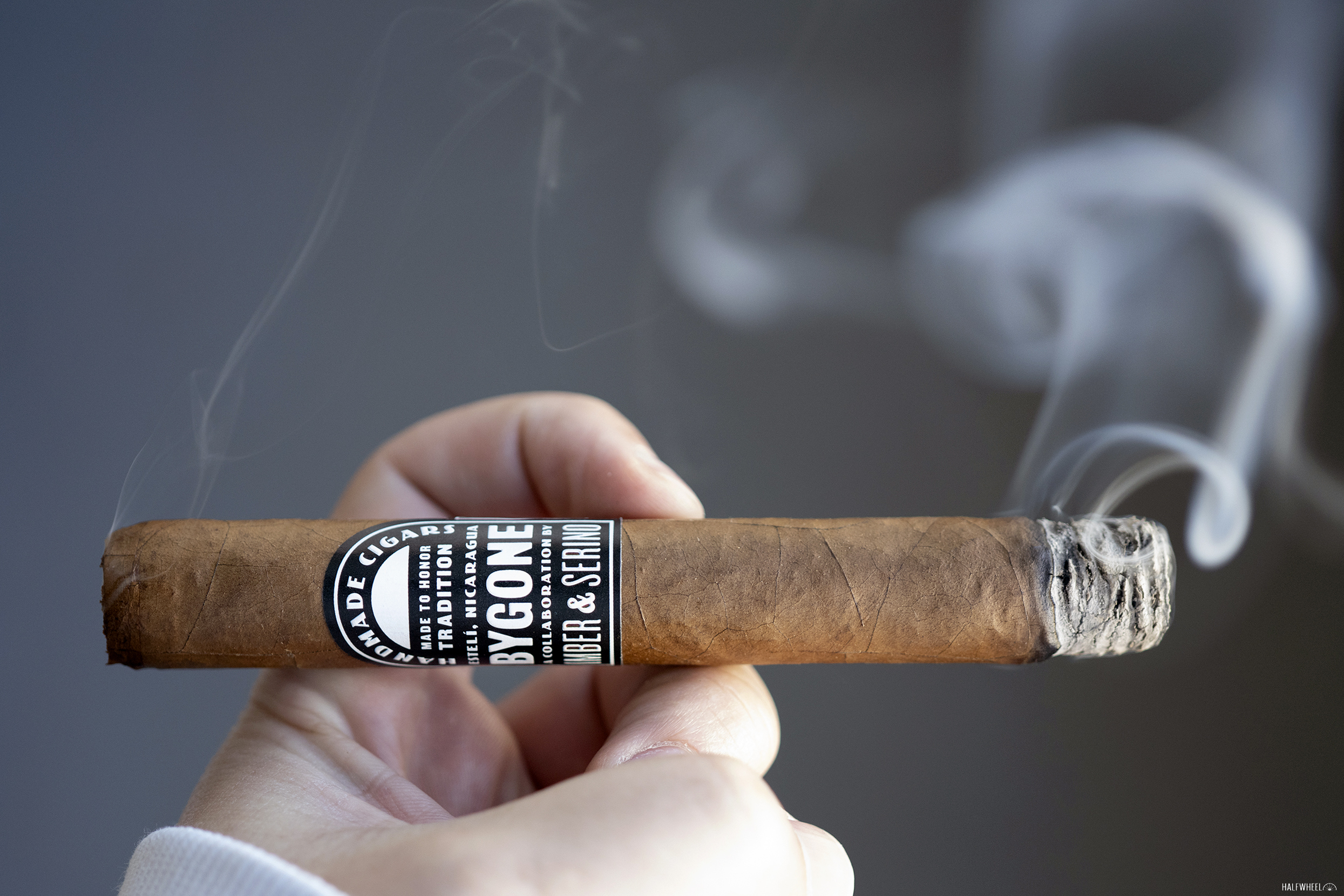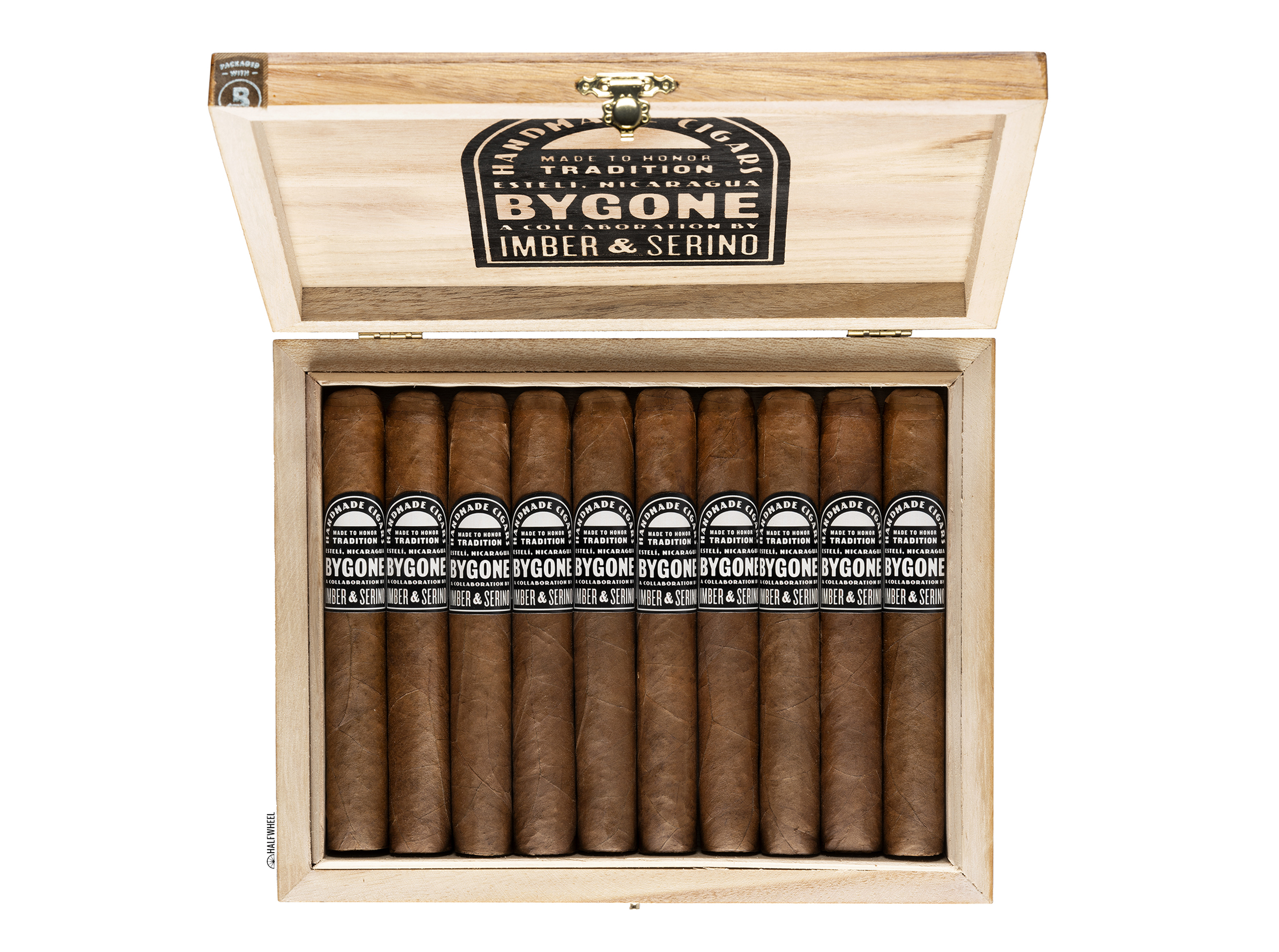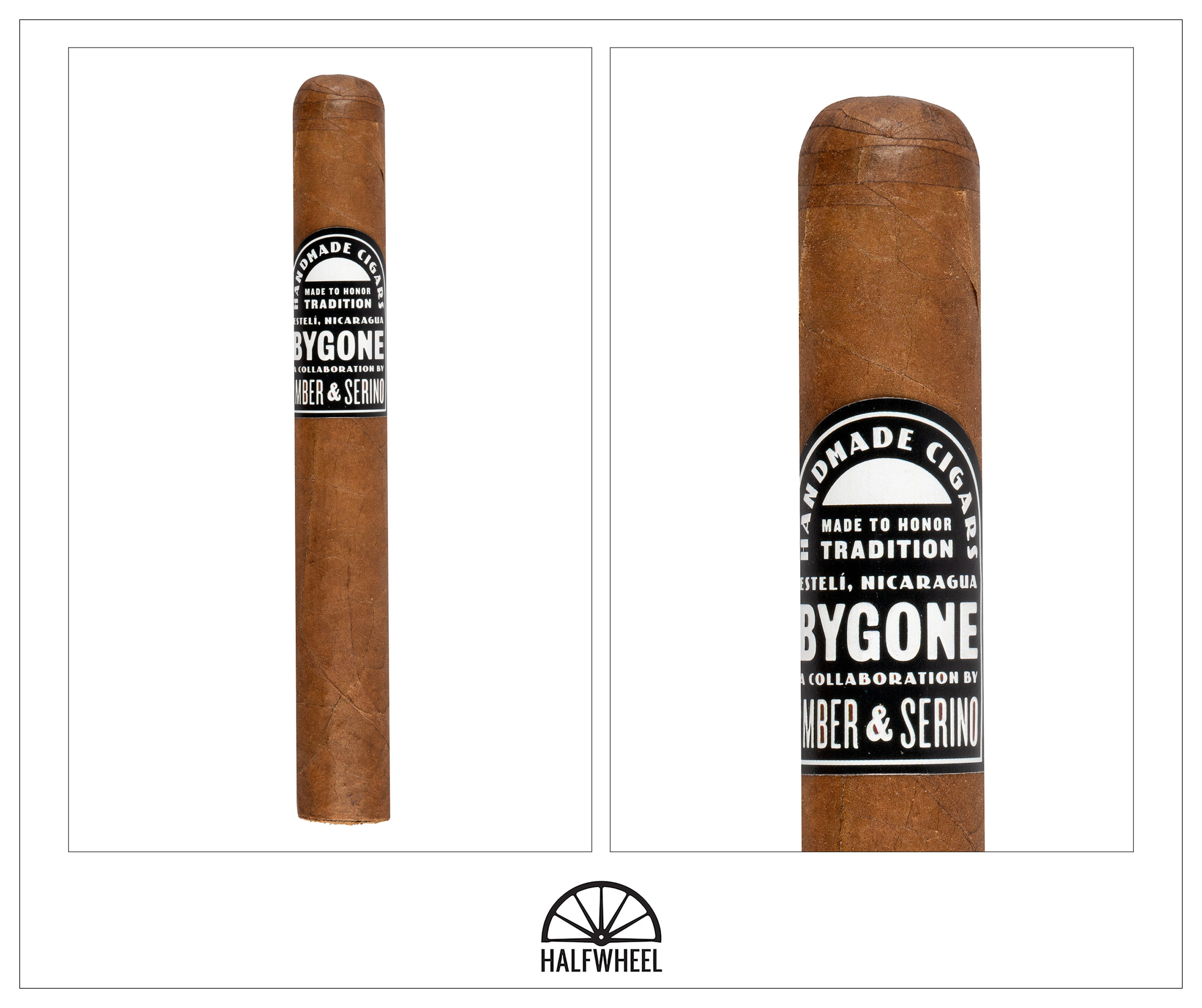There was a time when the La Corona Factory in Estelí, Nicaragua was the talk of the cigar industry.
It was 2014 and Hirochi Robaina—the Cuban tobacco farmer—had entered an agreement to have cigars made with his name on them in Estelí, Nicaragua. The deal involved Robaina, Cubanacan and La Corona, the factory owned by Omar González Alemán. While most American cigar smokers still do not know who Robaina is, the U.S. cigar industry definitely deemed it a big deal. It took about a year for the deal to become unraveled, though Robaina would have a second attempt at the U.S. market through another company called White Hat.
While Robaina’s time selling cigars in the U.S. seems over and I have no clue what Cubanancan is doing these days, the La Corona Factory has remained. Today, Serino Cigar Co. is the company I most associate with the factory, so I was curious when I read about a new cigar from Serino that had a $10 price point, which is rather affordable for a factory that was most known for its high-priced offerings. That new cigar is called BYGONE, a single 5 1/2 x 48 robusto extra size. It’s made in collaboration with David Imber, the former vp of CigarClub.com, a cigar subscription website.
As for the blend, it uses an Ecuadorian habano 2000 wrapper over a Nicaraguan binder and fillers from Nicaragua and Peru.
- Cigar Reviewed: BYGONE
- Country of Origin: Nicaragua
- Factory: La Corona Factory
- Wrapper: Ecuador (Habano 2000)
- Binder: Nicaragua
- Filler: Nicaragua & Peru
- Length: 5 1/2 Inches
- Ring Gauge: 48
- Vitola: Robusto Extra
- MSRP: $9.95 (Box of 10, $99.50)
- Release Date: July 2022
- Number of Cigars Released: Regular Production
- Number of Cigars Smoked For Review: 3
While not the most complex, I really do like the monotone band. The text is bold and stands out and the use of negative space is aesthetically pleasing to my eye. As for the cigar itself, the wrapper’s color is so uniform to the point where it almost seems like it could be homogenized leaf. There’s enough veins and the texture make it clear that’s not what this is, but it’s impressive for the uniformity of the brown color. I notice that there’s a slight press on the foot that leads me to believe it’s the result of the cigar being stored in the box than something that intentionally came from the factory. The aroma has a generic mixture of earthiness, cedar and barnyard; right around medium-plus. The foot is medium-full and sweeter with scents of earthiness, chocolate, nuttiness, some vanilla and a weird meat soup-like smell. The cold draws are more medium with a very intertwined mixture of oatmeal, sweet pretzel bread and some tartness.
The first puff of the Bygone has cedar, oak, nuttiness, leather, earthiness and some white pepper. It’s medium in intensity and rather inoffensive, though not terribly distinctive. Oak and oats lead the first third, over some subtle sweetness that reminds me of an artificial sugar alternative. There’s no real pepper, but I can taste some sharpness that seems to manifest itself most like a citrus flavor. The finish transitions with some creaminess followed by earthiness, saltiness, leather and some irritation on the back of my throat. Retrohales have black pepper, cedar, earthiness, white pepper and mustard flavors. They finish with a deep nuttiness before a black pepper emerges and eventually leads to some metallic flavors. The flavor is medium-full, body is medium-plus and strength is medium. Construction-wise, each cigar needs a touch-up to help with a struggling burn.
While I wouldn’t describe the first third as especially chewy—it wasn’t mentioned in the above paragraph—I notice that the profile thins out a bit in the second third. It’s not that there are fewer flavors—quite frankly, there’s probably a higher number of different flavors—but the texture of the flavor feels thinner compared to the first third. Flavor-wise, it gets creamier with some Pringles-like potato chip flavors and a weird nuttiness leading black peppercorns, dried basil and some other herbal flavors. Yes, it’s a bit like a stroll through a spice aisle, though I wouldn’t say it has the off-putting herbal flavors that can be found in some cigars. That crispy potato flavor dominates the finish, leading flavors of stale water, black pepper and a mild white gravy sensation. Retrohales have leather, white pepper, lemon and creaminess; finished by a deep bread flavor, leather and some earthiness. Flavor is full, body is medium-full and strength is medium-full. Once again, I find myself needing to touch up each cigar to help with smoke production, which wanes every once in a while. Unfortunately, all three cigars completely go out at some point in the second third. Each time, it happens seemingly out of nowhere and even during the third cigar, when I tried my best to avoid the cigar going out, I found myself going to take another puff and realizing there was no smoke to be had.
Now that I’m paying more attention to the texture of the cigar, I find that the final third is chewier than both the first and second thirds. When the smoke is in my mouth, I taste flavors of peanut butter and oak over earthiness, white pepper, black tea and some harshness. The finish has sweet oatmeal, nuttiness, black pepper, creaminess and a toasted bread flavor that reminds me of burnt garlic bread. Retrohales are somewhat similar: the burnt bread and toasty flavors remain, the black pepper is more like red pepper, and there’s an added leather flavor to the profile. They finish with creaminess, lemon, lots of black and red pepper, and a more isolated toasty flavor. Flavor is full, body is medium-full and strength is medium-full. As before, each Bygone needs a touch-up to help with smoke production, though one cigar needs two corrections from the lighter.
Final Notes
- This is the second time Serino has used Peruvian tobacco in a blend, the other was the Elenor Rose.
- Serino describes this as a “traditional Cuban-style blend.” I’m always confused when non-Cuban cigar companies describe one of their cigars like a broad swath of Cuban cigars. While I do think that many Cuban cigars taste similar, there’s not a specific Cuban profile in my mind.
- It’s also somewhat interesting as many of these same people—I’m not speaking about Serino here—will also simultaneously talk about how bad Cuban cigars are.
- One cigar had a very obvious patch. What’s interesting is that this was located on the side of the cigar, something that doesn’t normally happen. The people that apply the bands to cigars are trained to pick the best-looking part of the cigar to put the front side of then and on which means that you typically will see patches on the back of the cigars.
- You can also see the taper of the press in the above picture.
- Each cigar I smoked had issues staying lit and completely went out at least once. These burn issues impacted the score a lot.
- Somewhat surprisingly, I think the flavor got slightly better after the cigar went out, something that is not usually the case.
- Final smoking time was one hour and 40 minutes on average.
Note: The original version of this review indicated this was a joint project with CigarClub.com. It is a joint project with David Imber, former vice-president of CigarClub.com.
Outside of some burn issues, it’s difficult to name what flaws the BYGONE had. It was a relatively easy smoking experience with flavors that always remained in balance, but I wanted more. If anything, the flavors were a bit too intertwined, limiting the ability for any one to stand out. Given the strength levels—it’s a bit too strong for most new cigars—I think the types of people that are going to smoke this might want a bit more oomph in the flavor profile, or maybe it’s just me. The cigar is better than the score would suggest, but I'd rather smoke many of the other offerings in Serino's portfolio.










